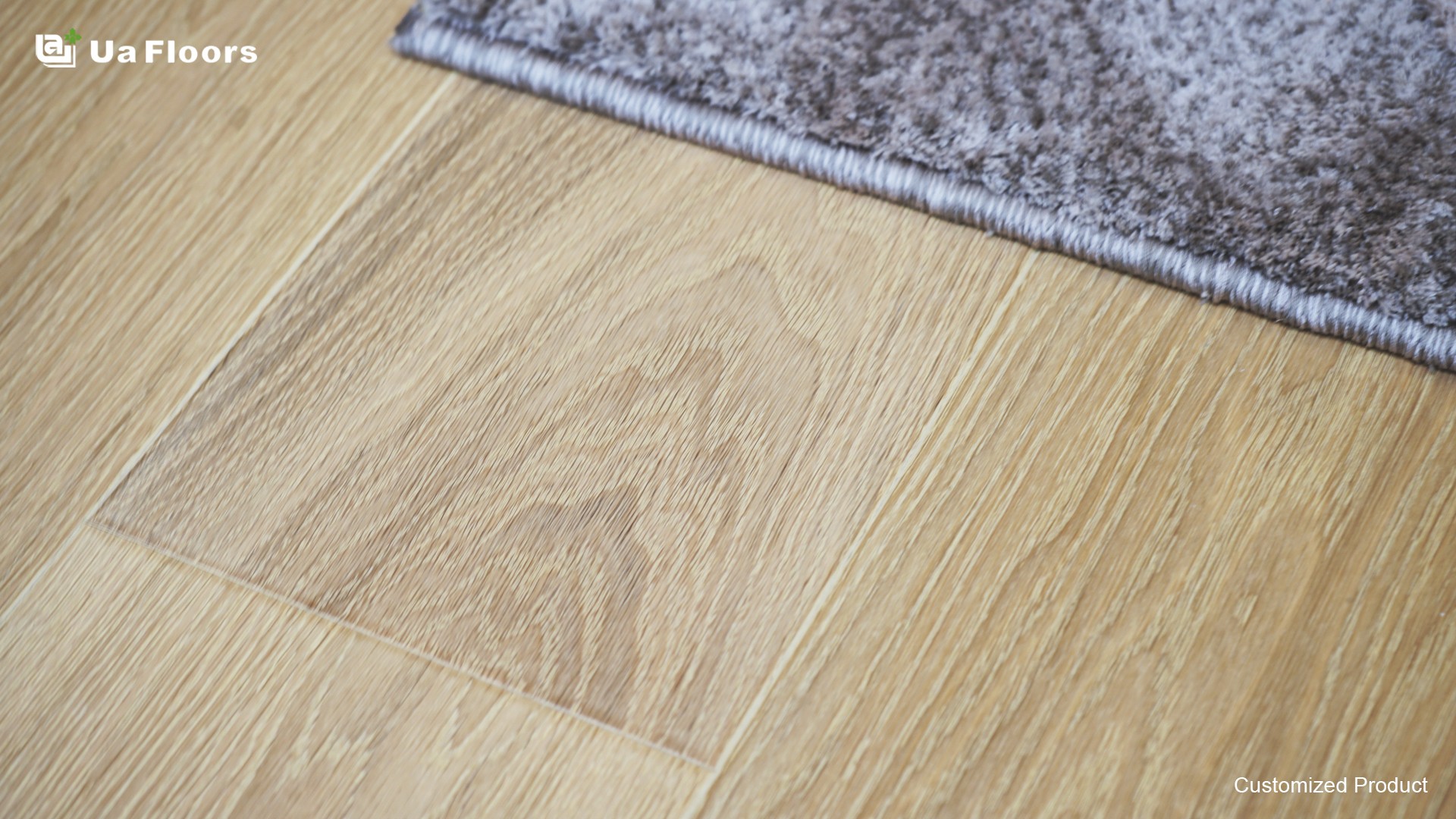The Best Environment for Your Wood Flooring
Wood flooring is a popular choice for many homeowners because of its natural beauty and durability. However, to ensure that your wood flooring looks its best and lasts for many years, it’s important to take into account the environment in which it will be installed.
How Does the Environment Affect Your Wood Flooring?
There are two main factors that can potentially affect the stability of wood flooring:
-
Humidity
-
Temperature
So, why and how does humidity affect the stability of your wood flooring? The main reason humidity is a concern for wood flooring is because it can cause the floor to expand and contract. When the humidity in the air changes, the moisture content in the wood changes, which can cause the boards to warp, buckle, or cup.
How Humidity Affects Wood Flooring
As the primary reason for the degradation of wood flooring, humidity impacts wood floors in the following ways:
-
Gapping is the result of the planks contracting due to the loss of moisture and low levels of humidity, causing wood floors to have growing spaces in between planks.
-
Splitting is another unfortunate outcome due to having low levels of humidity in any given space, which results in dried-out, brittle, and splintered wood floors that eventually split, crack and break.
-
Cupping, on the one hand, is a result of high levels of humidity. This causes the wooden planks to swell and push against each other, resulting in unsightly concave shapes from their edges.
-
Buckling is another possible outcome when the wood flooring is faced with excessive moisture similar to cupping, but instead of forming a bowl-like surface, the flooring becomes bubble-like. This makes the flooring jarring to look at and practically unsafe to use.
-
Crowning is also a result of too much humidity, such as when wood floors are left soaked for too long or sanded when cupping.
To address these issues with humidity, it is best to be proactive by
-
Cleaning wood flooring with care and drying them immediately when drenched.
-
Installing a humidifier or dehumidifier to keep a stable level of moisture in the air. We recommend a humidity level of around 30-50% to protect wood flooring and ensure its longevity.
-
Choosing the right hardwood flooring supplier and installer to guarantee excellent results.
How Temperature Affects Wood Flooring
Temperature is also a concern for wood flooring because it can cause the boards to expand and contract as well. That being said, the main difference between temperature and humidity is that temperature is a concern year-round, while humidity is only a concern when the air moisture content changes.
Basically, cold weather can cause the wood to contract and hot weather can cause the wood to expand. These two factors will surely affect the performance of wood flooring, especially when installed in extreme conditions.
Here are some of the ways that the changing seasons can impact the performance of wood flooring:
-
The colder temperatures during winter dries wood flooring, causing it to be more prone to cracking, breaking, and splintering.
-
The hotter temperatures during summer cause wood flooring to swell, adding pressure to each wooden plank as it increases in size and pushes against one another. This can result in damage due to warping.
Like humidity, the temperature can be addressed with preventive maintenance, such as the following:
-
Air-conditioning allows a homeowner to adjust the temperature in a room. Generally speaking, anywhere between 60 and 80 degrees Fahrenheit is a safe temperature range for wood flooring during winter or summer.
-
Using a humidifier at around 30-50% helps keep the level of moisture in the air at optimal condition for wood flooring.
-
Installing a hydrometer or humidistat (in the absence of a humidifier) can help a homeowner know if the level of moisture in the air is still safe for their wood flooring.
-
Exercising caution in the cleaning methods used for wood flooring is also recommended. Steam cleaners, for example, are generally unsafe to use on hardwoods as they can abruptly apply extreme temperature changes.
The Best Environmental Conditions for Wood Flooring
So, what are the best interior environmental conditions to maintain the stability of wood flooring? In a nutshell, the ideal environment for wood flooring is
-
A moderate humidity level (30-50%)
-
A stable temperature (60-80 degrees F)
If you can maintain these conditions in your home, it will help keep your wood flooring looking its best and lasting for many years without losing its stable performance. It is important for you to understand how hot and cold weather can affect wood flooring.
Here are some maintenance tips and tricks to extend the lifespan of your hardwood floors, which include regular cleaning, maintenance, and the replacement of damaged floors. And with these in mind, you’ll know whether hardwood flooring is indeed the best option for your intended use or application.
Ua Floors is Your Reliable Provider of Engineered Hardwood Floors
With real wood floors, the main point is to always keep them stable. And because of its structure, engineered hardwood flooring performs better as opposed to solid wood floors, especially in areas or environments wherein the latter is easily damaged. With Ua Floors, you can have the perfect wood flooring for your home or office while ensuring that its quality is never compromised.
We provide a wide range of colors, textures, and finishes so you can find the perfect one that will match your unique style. In addition, you can rest assured that with high-quality engineered hardwood floors, maintenance becomes easier as well – no matter the conditions.
Contact us today for more info.

